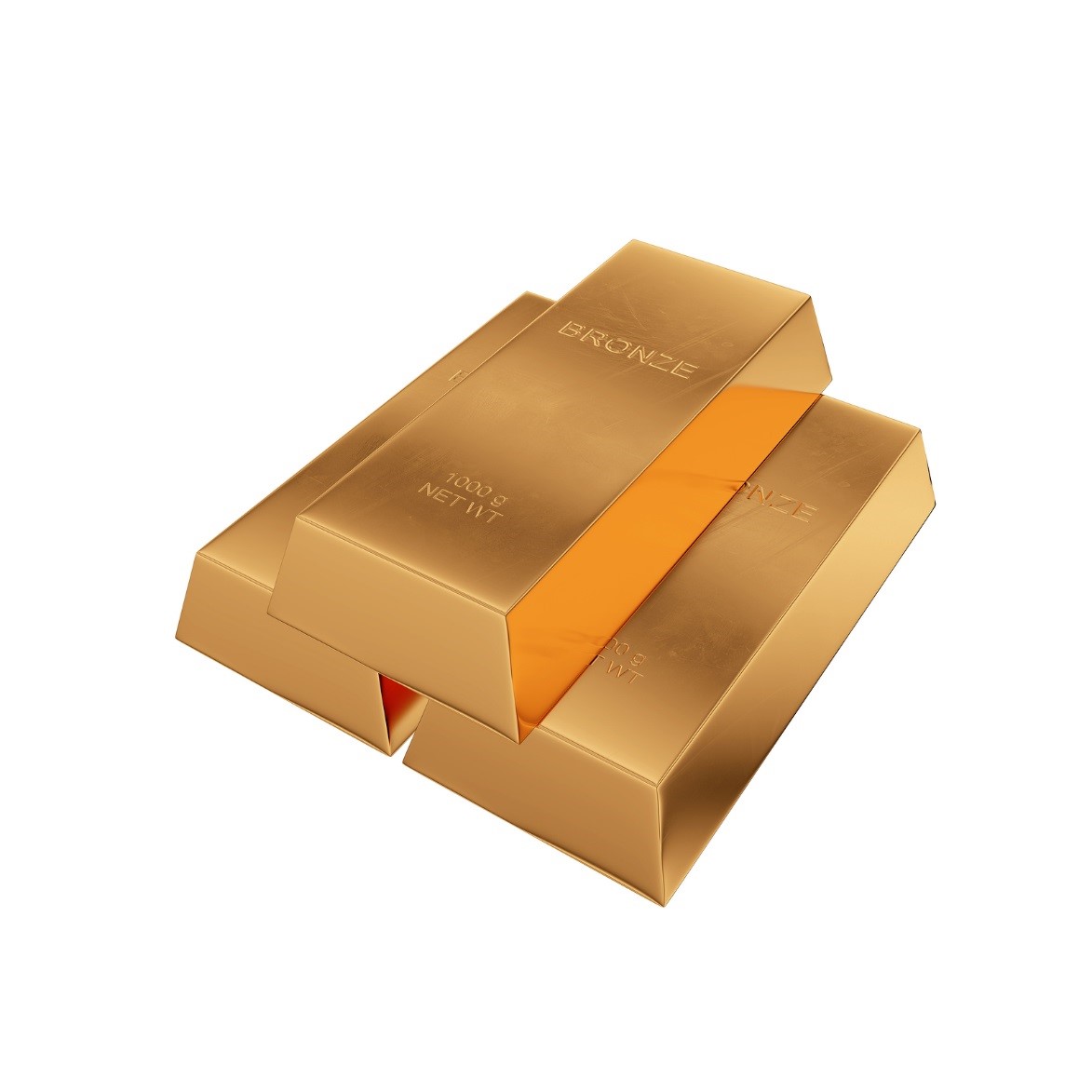The ancient Romans and Greeks have a long and honored history of crafting bronze statuaries. Thousands of images of triumphant athletes, gods, philosophers, heroes, and philosophers fill sanctuaries and temples. These have also graced the public areas of many major cities.
For centuries, Roman and Greek artists have invented statue types which has influenced the craft up to the present day.
Early Bronze Statuaries
The earliest bronze sculptures were called sphyrelaton which means “hammer-driven.” It involves parts of the statue that are made separate of sheets of metal, which are then connected using rivets. One of the most popular ways of producing sphyrelaton is to hammer bronze sheet metal over wooden forms to create reliefs. Some artists also incised designs through tracing.
Lost-Wax Casting
By 500-480 B.C., sphyrelaton went out of fashion, to be replaced by lost wax casting as the primary technique for producing bronze statues. Craftsmen produce lost-wax casts in three ways— the indirect process of hollow lost-wax casting, solid lost-wax casting, and the direct process of hollow lost-wax casting.
All three involve the use of clay molds as the base to which the molten bronze is poured to produce a statuary. To create large-scale statues, these artists resorted to casting each part of the statue separately, then attaching them together later. Some of these art pieces still exist today, standing as testaments to the longevity of bronze art.
The Superiority of Bronze for Sculpting
As far back as the third millennium B.C., foundry workers discovered that bronze has several advantages over pure copper when it comes to making beautiful, long-lasting statues. Bronze is commonly composed of 10% tin and 90% copper, giving it a lower melting point. Therefore, it stays as a liquid longer when it is used to fill a mold, enabling artists to fill out even the tiniest details. Better yet, it casts better and has remarkable tensile strength. Furthermore, the reddish-gold color gives it a more dramatic aesthetic that statues made of copper.
Bronze Statuaries in the Present Time
Even today, numerous artists use bronze bars and sheet metal to craft inspiring sculptures that stand the test of time. These statues are displayed everywhere, from homes and business facilities to museums and public places. Bronze statuaries carry a sense of timelessness and beauty that other materials find hard to match, making bronze a metal of choice for many sculptors today.
Sources:
The Story of Sculpture: From Clay to Bronze, gobronze.org
The Technique of Bronze Statuary in Ancient Greece, metmuseum.org


